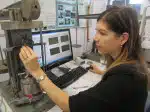
Dr Julie Lovisa from James Cook University is using maths to determine when dredged soil is solid enough to build on.
She has developed a mathematical model which will allow for greater accuracy in construction timelines and avoid costly structural failures.
“With the continual need for port expansions, we are left with reclaiming land from the sea, a process that can take decades,” says Julie, who studied land reclamation as part of her PhD.
“But we need to be as accurate as possible in our land reclamation predictions. If we’re out by just one per cent, this can mean the difference between starting construction in two or 20 years,” she says.
“At the end of the day, the bottom line is: ‘When can we build on our new land?’ We can now give them that answer with greater accuracy,” Julie says.
Dredging, which involves the excavation of sediment from the ocean bottom, is done to maintain, develop and build navigable waterways throughout Australia and other countries. The process creates millions of tonnes of waste each year.
Population growth, rising sea levels and port expansions have seen a parallel rise in land reclamation over the past two decades, which has taken advantage of this by-product to generate new land, both here and overseas.
The city of Dubai is one of the best-known international examples of land reclamation, which it has used to develop new islands, a marina and the Burq Al Hotel, the fourth largest hotel in the world.
To create new land, dredged mud is pumped into containment paddocks erected in the ocean and then dried out using a number of methods. Depending on the conditions, this process could take anywhere between three and 10 years. Knowing when the land is stable enough for building has been relatively hit and miss until now.
“Sometimes people will just load up the soil with sand fill and hope that they can build on it in a couple of years. But if we can nail down a date – that’s invaluable for construction timelines,” Julie says. Better predictions could save millions of dollars in construction milestones and prevent expensive failures from premature building, she says. “Often the soil settlement won’t be uniform and some of the building will sink, and that will lead to structural damage.”
By mathematically modelling how quickly the water is squeezed from the mud, Julie can more accurately measure the overall settling process of the dredged mud and its stability for building. Her model can be applied to any type of the soft saturated soils, that can be found all along the Australian coast.
Julie Lovisa is one of 12 early-career scientists unveiling their research to the public for the first time thanks to Fresh Science, a national program sponsored by the Australian Government through the Inspiring Australia initiative.
For interviews:
- Fresh Science: AJ Epstein, 0433 339 141, aj@scienceinpublic.com.au
- James Cook University: Jim O’Brien, Director of media and communications, 0418 892 449, (07) 4781 4822, jim.obrien@jcu.edu.au

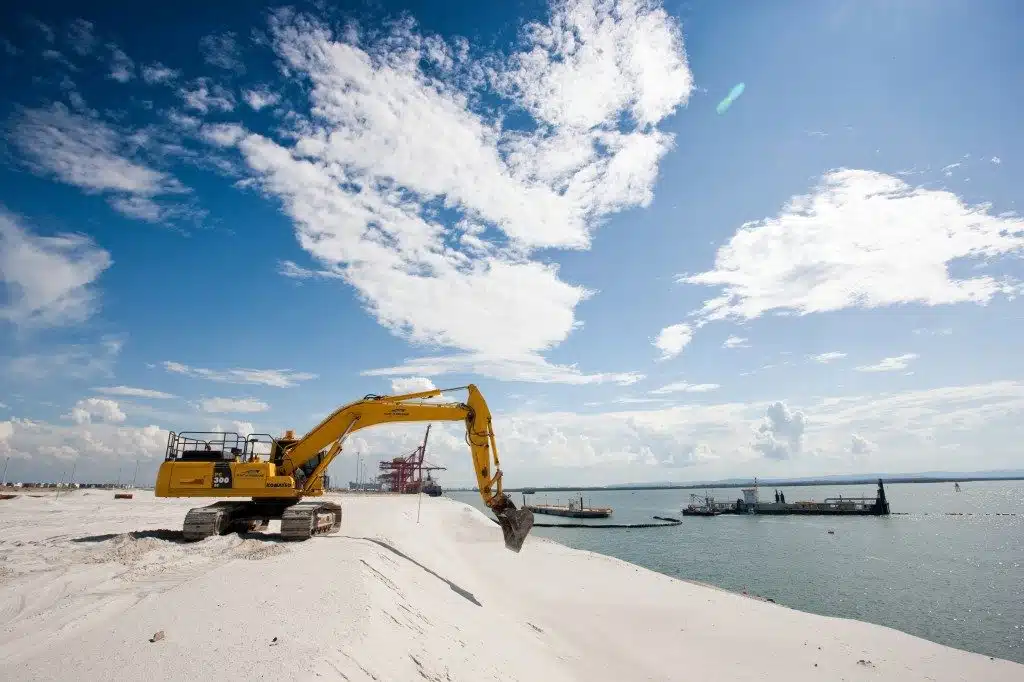


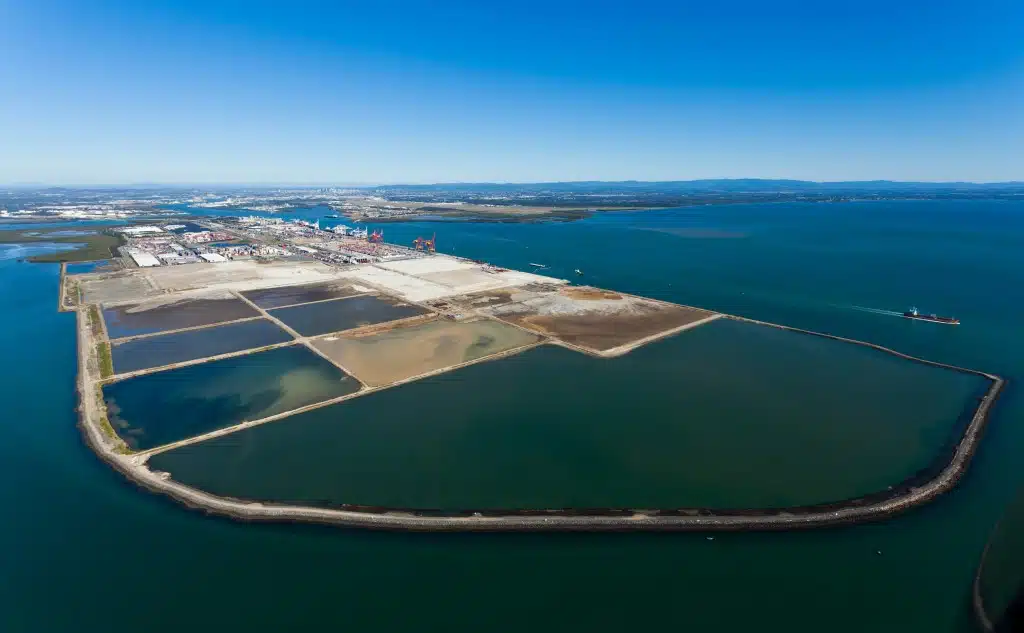
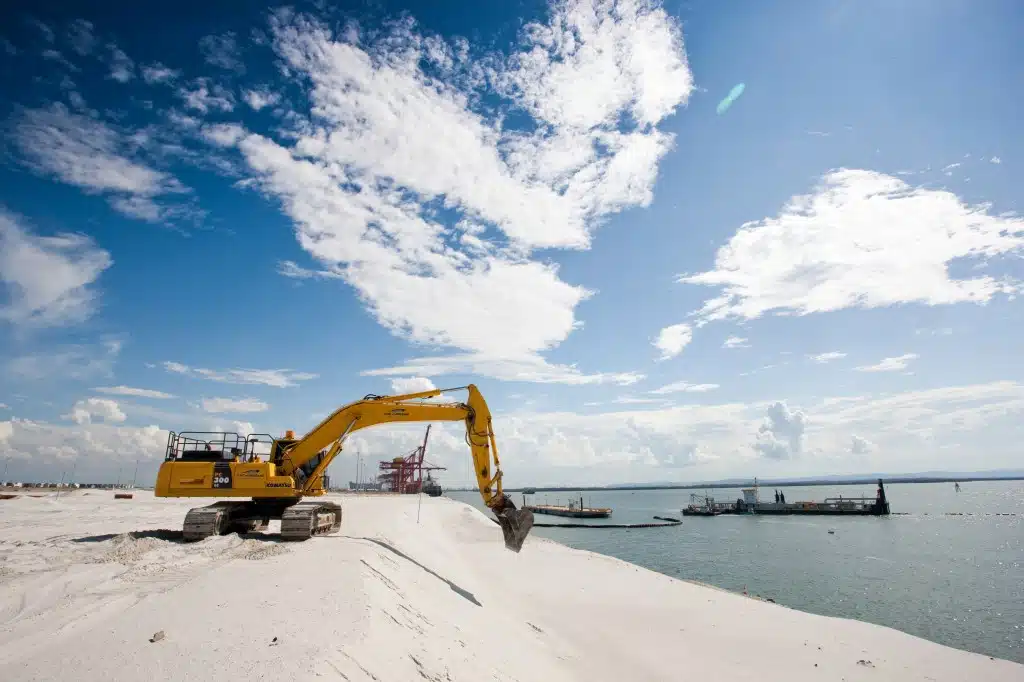

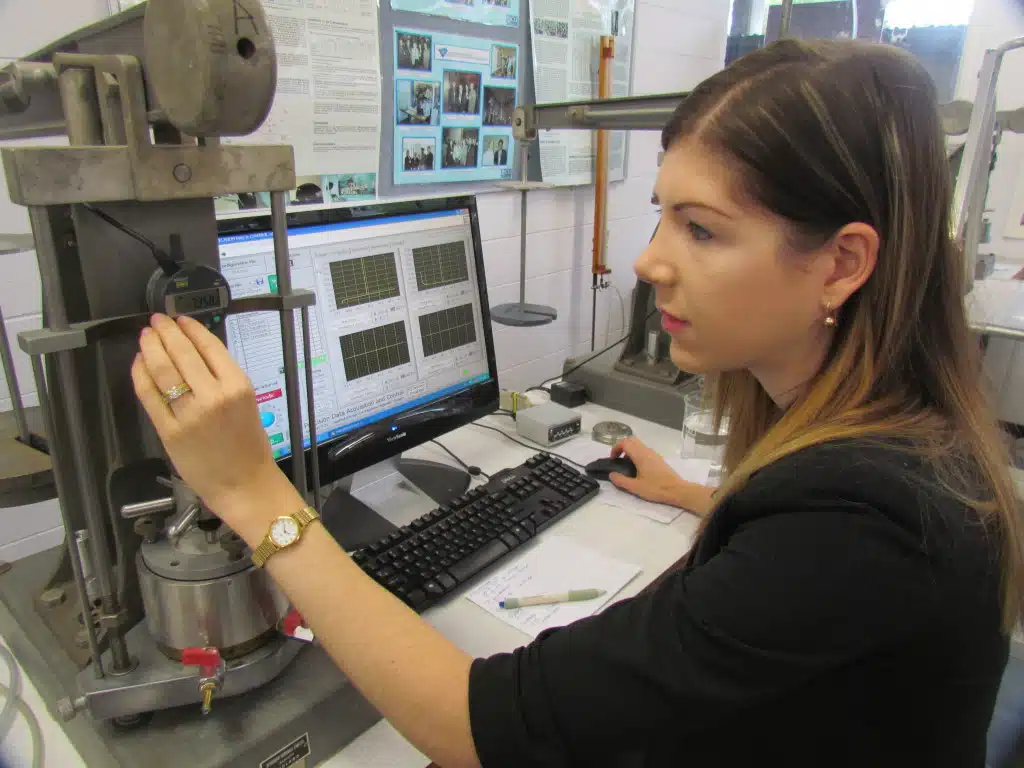
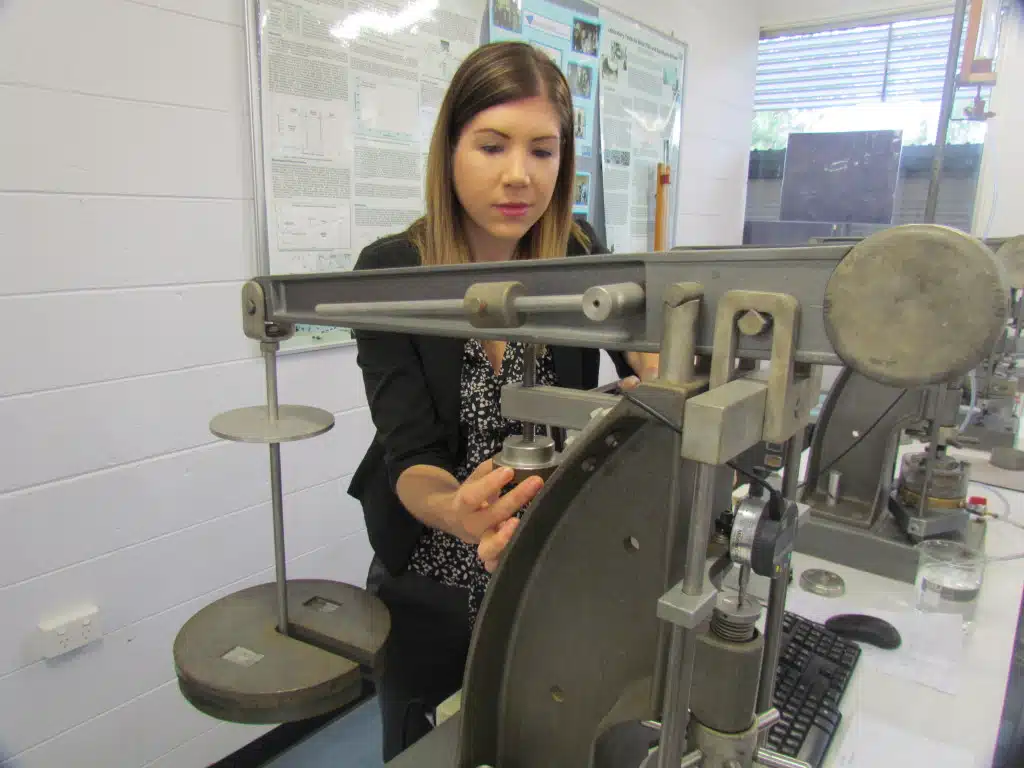
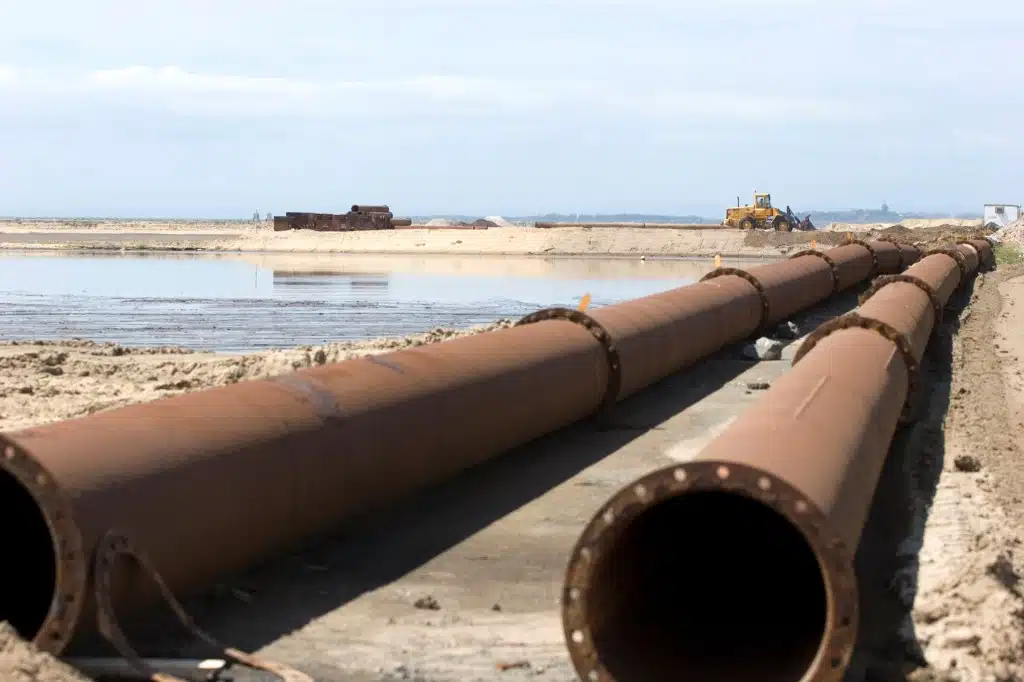



 Fresh Science is on hold for 2022. We will be back in 2023.
Fresh Science is on hold for 2022. We will be back in 2023.